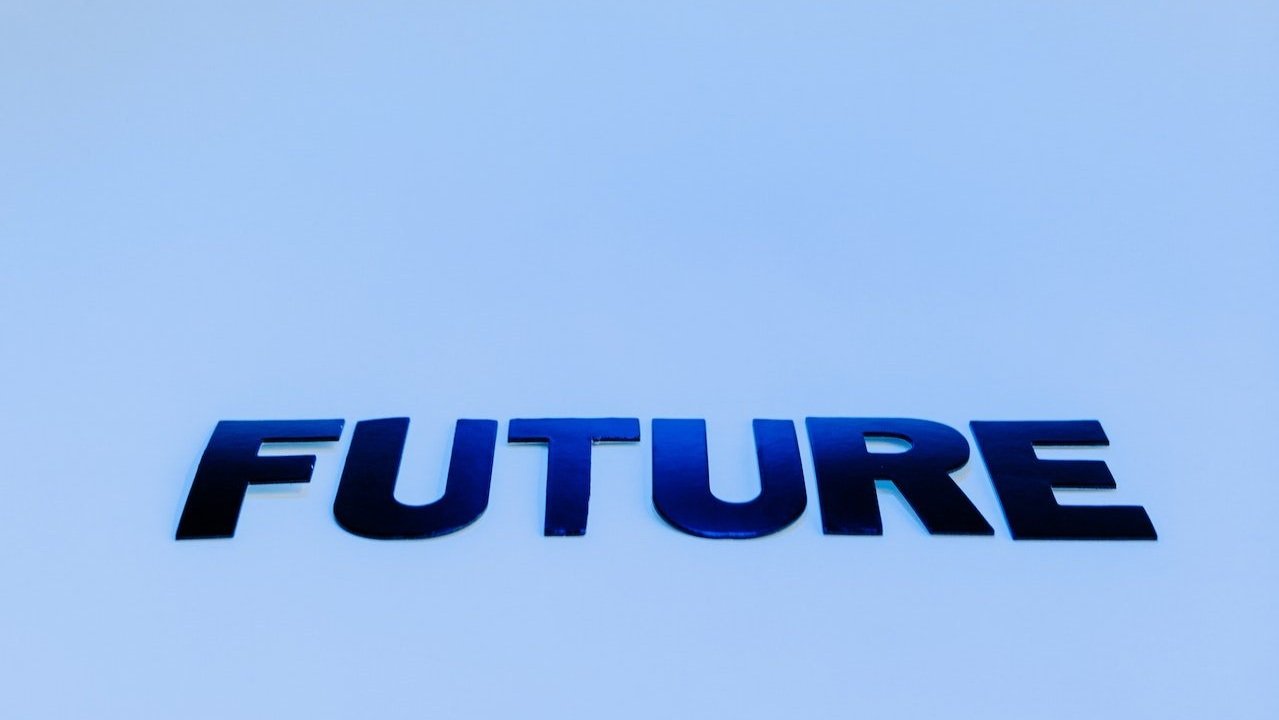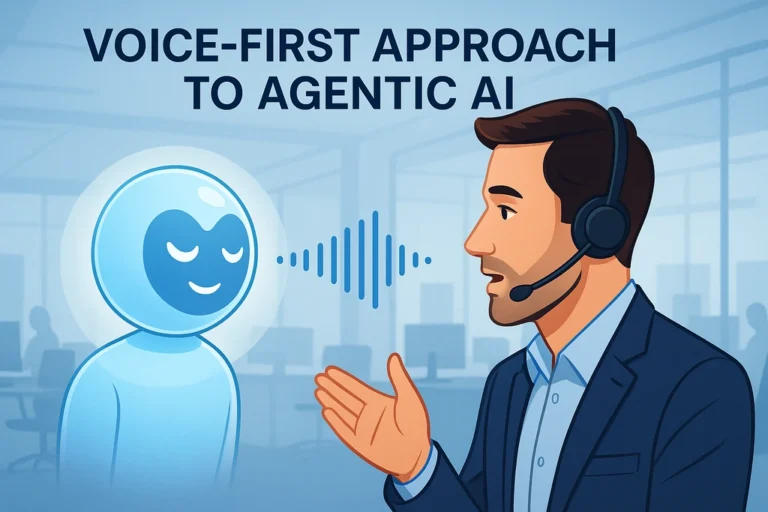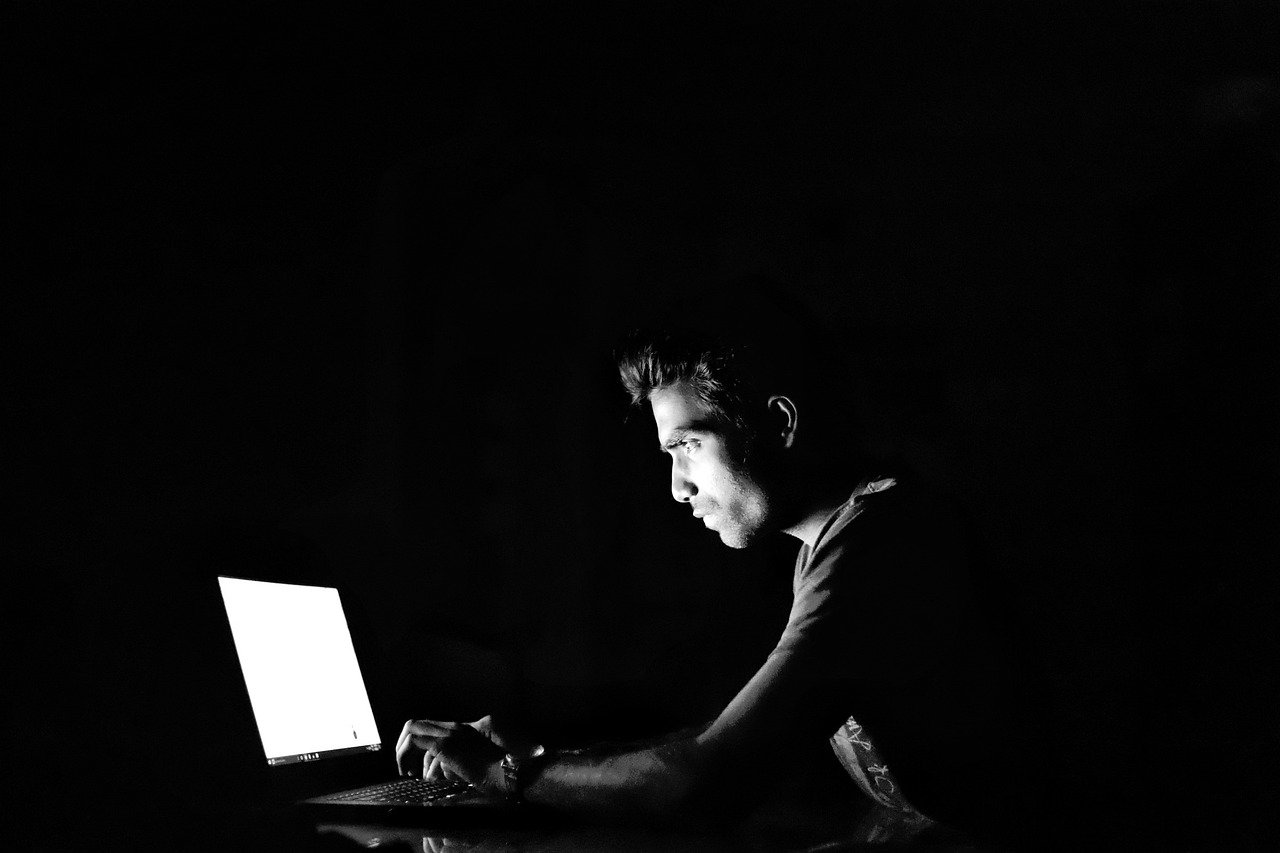The landscape of work has always been a playground for innovation. Think about it, from the days of steam engines and telegraphs to our contemporary reality dominated by smartphones and cloud computing, technology has been the catalyst that propels us into new territories of possibility.
One technology currently at the tipping point of widespread influence is artificial intelligence (AI), particularly large language models that can simulate human-like textual and visual creativity. While AI may not possess ‘knowledge’ in the conventional sense, its capabilities are growing in leaps and bounds, enough to impact professionals who operate in the realms of art and knowledge work.
In a unique interactive session, we sat down with five AI researchers to delve into the groundbreaking yet imperfect world of large language models and their implications for artists and knowledge workers. Here’s what the experts had to say.
AI is the future. So why not be friends with it?
Join Bigly Sales and use AI for good!
How AI is Reconfiguring the Terrain for Artists
For artists, the phrase “AI can create art” may trigger a mixture of awe and trepidation. Yet, our panelists concurred that AI’s artistic capabilities aren’t about to replace human creativity; rather, they can augment it. Large language models can now take a descriptive sentence like “a moonlit forest with a serene river running through it” and produce an image that nearly matches a human painter’s output.
“Think of AI as a collaborative tool, a digital muse if you will,” noted Dr. Sarah Lane, a leading AI researcher. “It can introduce artists to perspectives they might never have considered, pushing the boundaries of creativity.”
Navigating the Imperfections
But hold on, AI isn’t about to paint a utopian picture of endless opportunities without challenges. A considerable concern is the issue of plagiarism and originality. With these models having access to vast amounts of data, how can we ensure the art created isn’t a mere replica of existing works?
Professor Jack Thompson argued, “While AI’s artistic potential is tantalizing, we need robust frameworks to ensure intellectual property rights. Plagiarism remains a genuine concern.”
Read more: Artificial Intelligence: The Pros And Cons
Knowledge Workers, Are You Listening?
The stakes are just as high for knowledge workers. From content writing to data analysis, large language models have the capacity to automate significant portions of tasks, thus raising concerns about job displacement. However, the experts emphasized that these models could serve as invaluable aides rather than threats.
“For tasks like data sorting, pattern recognition, or even draft writing, AI can provide efficiency without sacrificing quality,” said Emma Woods, a data scientist specializing in AI. “We’re not talking about eliminating jobs but enhancing them.”
Tackling the Elephant in the Room: Misinformation
The journey of AI into our professional lives isn’t without bumps. Misinformation remains an issue that’s hard to ignore. With large language models capable of producing convincingly realistic text, the door is opened for misinformation to spread more easily.
“AI systems need ethical guardrails,” insisted Dr. Albert Yu, a researcher focused on AI ethics. “We must set protocols to combat the risk of misinformation. It’s a collective responsibility.”
Creativity Now Accessible to All, But At What Cost?
Lynne Parker, an authority in the AI field, paints an optimistic picture of how large language models are changing the game. The barriers to creativity and information management are crumbling down, thanks to tools that can produce human-level text and images in the blink of an eye. Even novices can now create professional-looking presentations, produce compelling marketing copy, or code complex functions.
“AI enables a different kind of creativity, one driven by human-AI collaboration,” says Parker. She points to the winner of a recent digital art competition who used AI to create art. The work showcased creativity but of a different ilk—no paintbrushes, just well-crafted text prompts for the AI to interpret.
But Parker warns against potential pitfalls. With AI taking over tasks like writing and summarization, we risk losing fundamental human skills that should stand the test of time. She suggests that educational institutions must introduce guidelines on AI usage to promote fair play and foster desirable learning outcomes.
Read more: 7 Top AI Courses For This Year
IP and Skill Erosion: The Shadows of AI Innovation
The second downside, Parker highlights, is the murky territory of intellectual property (IP). AI is not creating in a vacuum; it’s drawing from an extensive database that includes copyrighted material. This brings into question the ethical implications of AI’s creative outputs and how existing IP laws may need to adapt.
Challenges and Solutions: The Academic Perspective
Daniel Acuña, a computer science professor, echoes many of Parker’s sentiments but adds layers of complexity. An avid user of AI tools like GitHub Copilot and ChatGPT, Acuña acknowledges their strengths in exploring new ideas and improving creativity. However, he has reservations.
For starters, Acuña flags the issue of accuracy. Whether it’s generating text or code, AI tools are not infallible. The risk of propagating false or misleading information is real. For instance, Meta recently shut down its Galactica model for generating false scientific facts that sounded incredibly plausible.
Next, Acuña tackles the thorny issue of bias. While AI models are trained to be neutral, their learning material is often steeped in societal biases. “The biases may not always be visible in text, but they can be glaring in image models,” warns Acuña.
Last but not least is the concern about plagiarism. Acuña’s lab is researching the inadequacy of current text plagiarism tools when it comes to AI-generated content. “We are scratching the surface; more robust methods are needed to detect advanced forms of plagiarism like paraphrasing,” he notes.
Read more: The Power of AI in Strategic Decision
Rethinking the AI Ecosystem
Both experts see the challenges as surmountable. Parker suggests comprehensive educational policies, while Acuña mentions technical solutions like fact-checking against trusted knowledge bases, bias removal methods, and advanced plagiarism detection tools.
The Double-Edged Sword of AI in Creative Work
While humans love to assert their unique capabilities, technology has consistently chipped away at this notion. The singularity—the tipping point where computers surpass human intelligence—is closer than we think. This inevitably raises questions about the value of human creativity and intelligence in an AI-driven world.
Chess didn’t disappear when IBM’s Deep Blue defeated world champion Garry Kasparov; instead, it carved out a different sort of drama that only human play could provide. On the flip side, consider the work of illustrators. If an AI-generated image perfectly accompanies an article, would the reader bother about the artist being human or a machine? Probably not.
The future isn’t monolithic. We’ll see a medley of man and machine, especially in sectors like manufacturing. But there’s a caveat: technological strides in AI will make some jobs obsolete, leading to wealth disparities. If the proliferation of AI exacerbates unemployment, it could be the trigger to address income inequality on a broader scale.
Read more: AI Sales Assistant — A Game Changer in Sales
AI’s Creative Upsurge and its Workplace Impact
Large language models like ChatGPT are revolutionary in their ability to generate human-like text based on prompts. The impact of this tech can be likened to the arrival of word processing software in the ’80s. Typists almost vanished, but personal computing opened the door to a new wave of productivity and job roles.
However, let’s not gloss over the limitations of these AI models. Crafting the perfect prompt to yield desired outputs still requires human ingenuity. Furthermore, these models can spout nonsensical or inappropriate content, often lacking the nuance or logic that a human writer could infuse.
They also fall short in their grasp of what’s right or wrong, or even in basic arithmetic. This creates a realm of opportunity for creative professionals. Expertise in guiding, editing, and augmenting machine-generated content will become invaluable. Specialized language skills will still be predominantly human-centric. Thus, despite the disruptions, AI tools like ChatGPT open doors to myriad opportunities for those willing to adapt.
The Conundrum of Creativity: AI’s Enabling and Eroding Powers
AI innovations such as large language models are democratizing creativity. With tools like ChatGPT and DALL-E 2, anyone can dip their toes into the expansive ocean of creative work. The art of ‘iterative prompting’ is a new form of human-AI synergy, where the system refines its output until the user is pleased.
However, this doesn’t come without its pitfalls. As we advance in AI capabilities, there’s a lurking danger of losing fundamental human skills, particularly in writing. Educational systems must be vigilant, creating policies that guide responsible AI usage. Moreover, the question of intellectual property looms large as AI draws from a plethora of sources, raising potential legal conflicts.
As we integrate these technologies into our lives, society seems willing to explore this untapped potential. Nonetheless, as we tread this path, a balanced perspective is vital to harnessing the true potential of AI while mitigating its downsides.
Read more: 15 Ways AI Revolutionizes Marketing
Artificial Brilliance and its Limitations
Having spent considerable time with tools like GitHub Copilot and ChatGPT, I appreciate their role in shaping and refining ideas. They indeed stretch the boundaries of what we consider creative. However, these tools are not devoid of issues.
One glaring problem is inaccuracies. These range from trivial to critical—inefficient code, misleading text, or incorrect facts. If users lack a critical mindset, these tools can be more harmful than helpful. Companies like Meta have already faced the downside, shutting down models like Galactica that fabricated facts.
Another concern is biases. AI models can perpetuate the data’s inherent prejudices. Lastly, plagiarism is still a gray area with AI, especially when they paraphrase the existing data. Solving these problems could involve a range of measures, from better fact-checking algorithms to sophisticated plagiarism detection methods.
The Human Element in a Machine-Dominated World
The romance with human uniqueness is often squashed by the sobering realities of scientific advancements. Take for example our beliefs about tool usage, teamwork, and culture—attributes we once believed were uniquely human. Science corrected us, revealing that these traits extend to other animals as well.
The encroachment doesn’t stop there. Machines have been stepping on our cognitive turf for centuries. Since the invention of the first adding machine in 1623, and more recently when a computer-generated piece won an art competition, it’s clear that machines are catching up. Does this spell doom for human intelligence and creativity?
Well, it’s not all bleak. The beauty of human endeavors, like chess, still captivates us despite computers like IBM’s Deep Blue beating world champions years ago. In contrast, certain fields will prefer algorithmic precision. Consider illustrative work; most readers are ambivalent about whether a human artist or a computer program crafted the visuals accompanying an article.
Moreover, the future will likely be a patchwork of human-machine collaboration. Manufacturing is an excellent example—robots handle the bulk of the operations while humans oversee and maintain them. And for those who appreciate the human touch, the demand for handmade products still thrives.
Read more: 5 Steps To Building An AI System
The New Frontier: Adapting and Overcoming
Imagine you were to type, “I would like to eat an…” into a text box, and before you can finish, a suggestion pops up saying, “…apple.” That’s the prowess of large language models. These models, trained on trillions of words, are eerily accurate in predicting text completions. So, what’s the implication for content creators?
Let’s hark back to the 1980s when word processors entered the scene. The typist profession dwindled, but the overall capability to produce well-typeset documents blossomed. Likewise, jobs may vanish, but unforeseen roles will emerge. The introduction of large language models is no different.
These language models aren’t flawless. The trick is in crafting the right prompts to yield desired results. Moreover, the AI-generated text can be inappropriate, illogical, or inaccurate. These challenges provide fertile grounds for creative minds to intervene, guiding and enhancing machine output, and serving specialized markets.
Skill Redefinition in the Healthcare Sector
Every step up the technological ladder demands new expertise. From the times when Yahoo utilized human curators to index the early web, to the age of Google’s sophisticated algorithms, the skills needed for navigating the information world have evolved. The emergence of ChatGPT signifies another quantum leap in this progression.
Particularly in the healthcare sector, technologies like DNA sequencing and telemedicine have been revolutionary. ChatGPT’s ability to draft cover letters or offer advice in various language styles offers a glimpse into the future. Here, the talent will lie in crafting prompts that elicit specific and accurate results from these language models.
For instance, instead of requesting a generic “Write a cover letter for a job,” a more detailed prompt like “Write a cover letter for a position as a data entry specialist” would yield better, tailored results. This nuanced skill set will be essential as we interface more with AI models.
Read more: 5 Steps to Building an AI System
Final Thoughts
As technology keeps its relentless pace, we face an undeniable transformation in how we work and interact. Human ingenuity will find its corners and niches, even as machines become increasingly capable. Those who can integrate and adapt to these new tools will find themselves at an advantage in this rapidly evolving landscape.
The real challenge lies in how society will use these advancements: Will it be for the betterment of all, or will it exacerbate existing disparities? The choice is ours to make.







